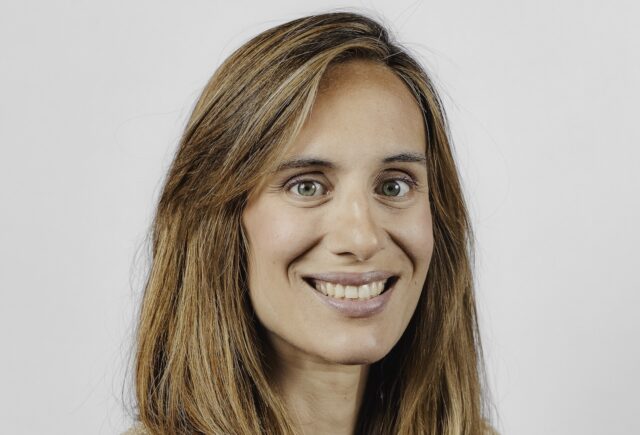Suzanne Jenkins and Lisa Hehenberger talk to Impact Investor about Impact Shakers Ventures’ new framework to support impact startups, and the importance of shifting the focus from linear planning to adaptive learning.

Impact Shakers Ventures (ISV) is a Belgian investment firm that aims to tackle societal and environmental challenges through inclusive entrepreneurship. It invests in pre-seed and seed impact startups with diverse founding teams in climate tech, inclusion tech, and impact infrastructure across Europe and the UK. In December 2024, the firm launched a new Impact Readiness Levels framework to set impact targets for impact-linked carry in early-stage venture capital. Impact Investor talks to Suzanne Jenkins, head of impact and systems change at ISV, and Lisa Hehenberger, professor at Esade and director of Esade Center for Social Impact as well as member of the impact committee at ISV, about the new framework.
Impact Investor (II): What are Impact Readiness Levels, and why do we need them?

Suzanne Jenkins (SJ): Impact Readiness Levels (IRLs) help early-stage startups embed and grow their impact as they build their business. We use IRLs to set, support, and track progress toward shared impact goals. Traditional approaches rely on fixed, long-term targets, assuming a level of predictability that startups working on complex social and environmental challenges don’t have.
Lisa Hehenberger (LH): IRLs direct focus to understanding how change happens and developing capacity to drive the desired change. The goal is to help both startups and investors pay attention to meaningful shifts–whether in numbers, behaviours, or relationships–and use these insights to strengthen both impact and business strategy.
II: How do IRLs work for startups?

LH: IRLs outline nine stages of impact maturity, similar to Technology and Commercial Readiness Levels. These stages track progress from an initial idea and to a fully developed, scalable impact model. The framework assesses three areas that evolve together: how the business creates impact, how well that impact can be measured, and how the company manages and communicates its impact.
SJ: Early on, startups focus on testing whether the intended change is happening and why. This involves engaging direct customers, users, and partners to validate and make sense of changes. As they grow, the emphasis shifts to ensuring that impact is consistent and scalable, engaging a broader set of interested and affected groups and adapting to both market and system dynamics.
II: How is this different from other impact measurement methods?
LH: The key difference is how goals and progress are defined. IRLs measure the maturity of an impact business model rather than the impact itself. ISV uses other methods alongside IRLs to measure actual impact, but IRLs shift the focus from linear planning to adaptive learning. The underlying assumption is that by becoming better at understanding and measuring their impact, startups will also be better equipped to achieve a greater impact.
SJ: The measure of success is not to hit a predefined target but rather to develop a model that creates meaningful change. We don’t expect founders to figure it out alone; we support them throughout the process. Depending on their situation, they will require support in different areas and as funders we can be flexible and adapt to their needs. By embedding learning into decision-making, IRLs ensure that impact measurement is not a box-ticking exercise but a core part of building a stronger business.
II: What are the next steps to make the application of IRLs easier for startups?
SJ: We are already using IRLs in practice, but we will continue learning and refining them as we go. One priority is providing more concrete examples and tools so startups can apply the framework more easily. We’re also thinking about how to make sure the framework accommodates non-linear progress, since not every startup follows the same path, and aligns well to the different types and stages of funding they will need on their journey to impact at scale.






